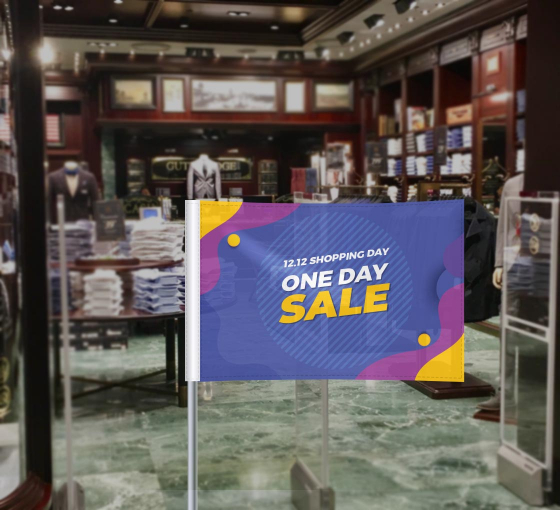The months of November and December account for nearly 1/3rd of yearly retail sales. In 2021, holiday shopping is expected to generate 1.2 trillion dollars in revenue-and that’s just for online sales. So if you have a strictly online, offline, or hybrid business model, events like Black Friday and Cyber Monday are going to play a critical role in your small business growth. As such, you need to prepare yourself accordingly.
Your Online Store

For well-established retailers like Amazon, downtime can cost as high as USD 220,318.80 per minute. If your website crashes, it can wreak havoc on your small business too. And so, Given the sudden influx of traffic that you can anticipate during the season, you need to ensure your online store is optimized for increased traffic.
Start by taking stock of the store in terms of its responsiveness, scalability, and stability. Make sure that it is supported by all the tools, technologies, and resources necessary to handle these peaks.
Following this, test the performance of your store from a customer’s perspective. From browsing to checkout, follow the end-to-end buyer’s journey from browsing to checkout, and locate all the bottlenecks. Remove these obstacles and streamline the process to make the shopping experience as painless as possible.
Continue testing at different points and under varying conditions to ensure you’ll be ready for business on the big day. Also Lastly, tie up any loose ends on the cybersecurity front to protect your business and customers alike.
Direct Mail And E-Mail
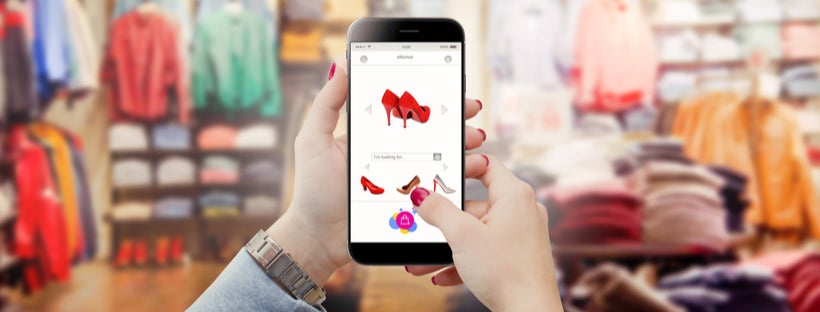
Depending on your target audience, you may feel compelled to choose between traditional marketing channels, such as direct mail, versus modern-day alternatives like emails. However, it is best to combine these two channels to develop a cohesive marketing strategy that helps you maximize your outreach.
Businesses that use three or more channels register a 287% increase in their purchase rates than those who stick to just one channel. Combining your online and offline promotional activities will amplify the results and create an omnichannel approach that sets your business up for a high-conversion sales environment. From custom banners to well-planned email newsletters, choose the channels your target customer uses most often and launch a cohesive campaign across these platforms.
Plan an In-Store Promotion
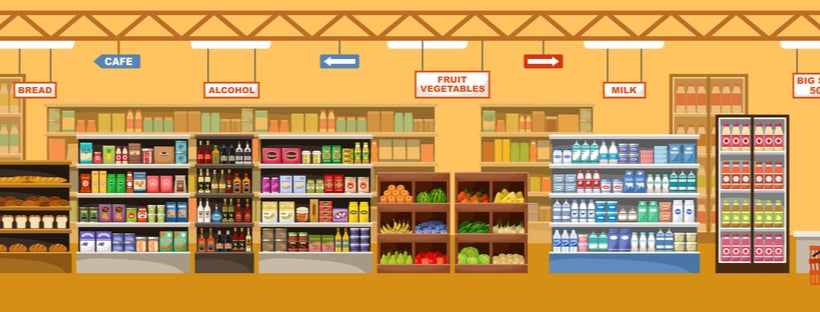
What is the point of sprucing up your online store when your physical store fails to echo the same sentiment? Consistency is a key component of your branding initiatives, so keep your in-store promotional activities aligned with your online store’s messaging.
For visual uniformity, you can reproduce the digital custom banners in print form and place them around your store. Similarly, spruce up your store with promotional materials, such as signs and flags that create strong visual connections for customers and highlight your marketing message.
Focus on putting together an experiential buying experience so that you can drive conversions and earn repeat business. From increasing foot traffic to upselling inventory or educating visitors, in-store promotions can help you achieve many of your business goals.
Share On Social Media
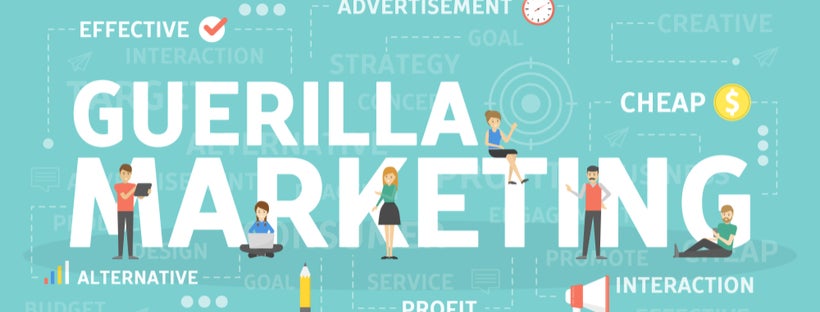
Outdoor activities, such as installing signs, distributing flyers, and giving away swag bags at events are some of the most classic ways to market your business. Alternatively, social media can prove to be a highly effective tool in capturing your buyers’ attention. Share your guerilla marketing efforts on your social channels to expand brand awareness and combine digital and physical customer touchpoints.
Brands like Wendy’s are an evergreen inspiration for year-round marketing through social media. And When executed around key events, such as Cyber Monday, you can expect higher social engagement. Even no-fuss SMM strategies like hosting a contest and giving away coupons can attract enough buyers to make the effort a resounding success.
New Ways To Shop: BOPIS And Beyond
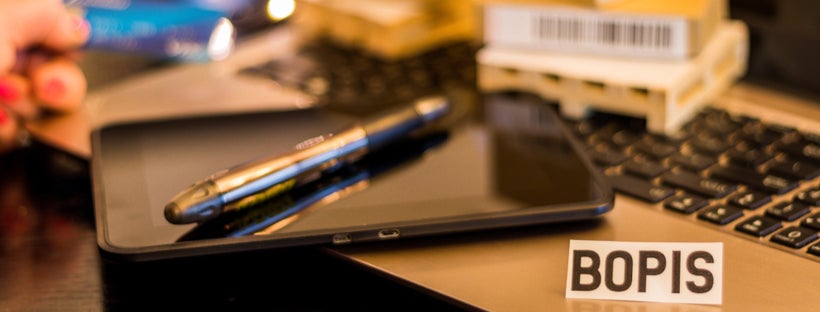
2020 has changed the way people shop. As such, businesses have to change and adapt accordingly, resulting in the birth of business models such as ROPIS (Reserve Online, Pickup In Store), BOPIS (Buy Online, Pickup In Store), and BORIS (Buy Online, Return In Store).
These types of businesses eliminate barriers in the buyer’s journey and add convenience to the shopping experience. At the same time, it delivers tangible results by putting your business where your buyers are, monitoring inventory in real time, expediting order fulfillment, making returns easier, and mitigating the high cost of returns.
If pivoting your entire business model may seem like an overwhelming task, you can take up other proactive measures, such as extending self-serving kiosks, offering assistance through chatbots, making headways in mobile commerce, and more.
Adapting your business operations to changing customer behaviors and launching seasonally-specific marketing campaigns will help your small business thrive during these highly-anticipated retail events.

 Posted in
Posted in 

